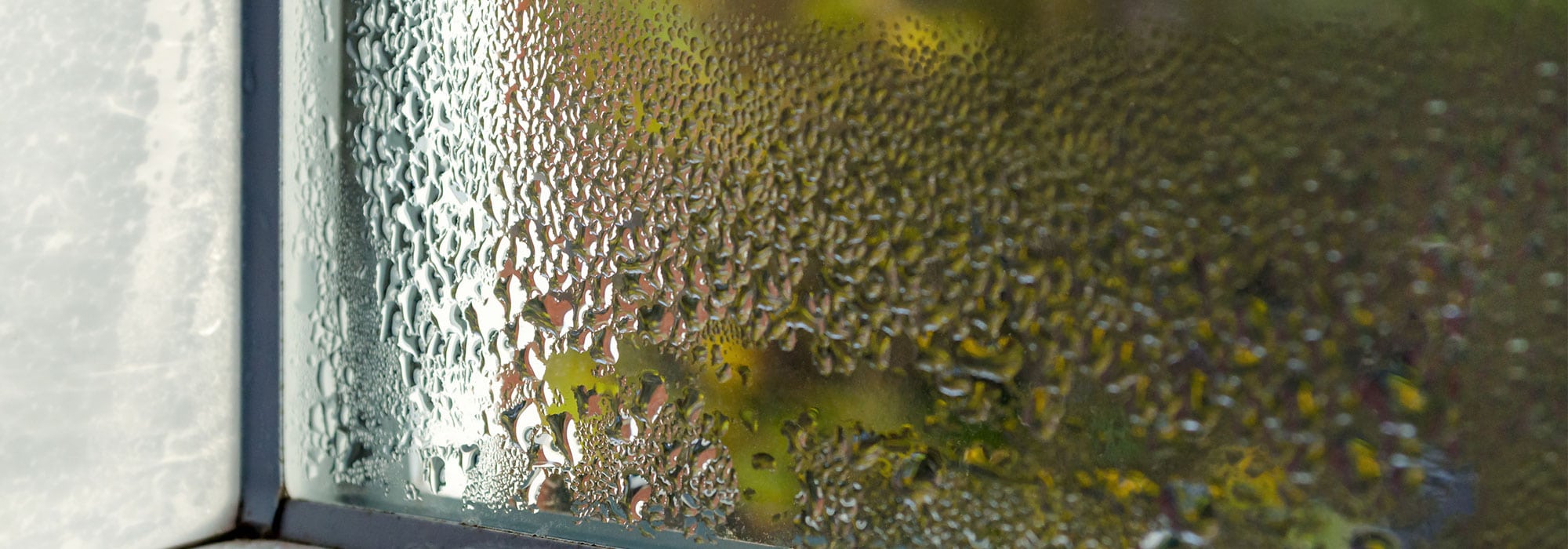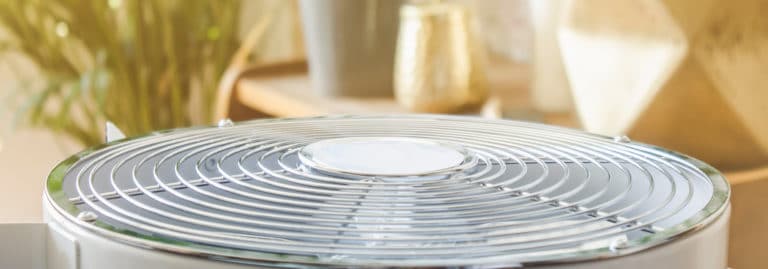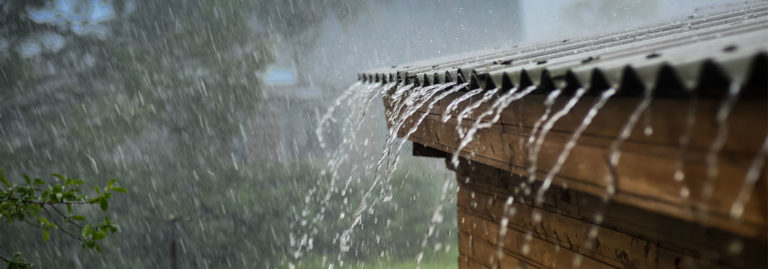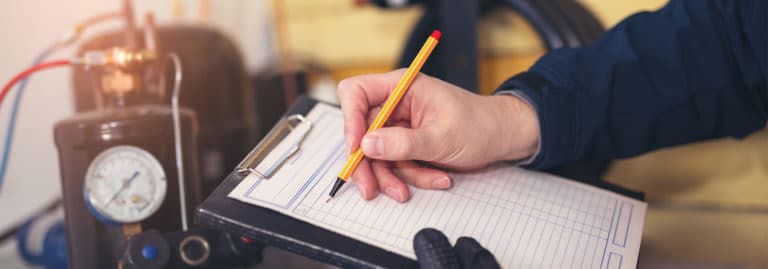What is the Ideal Indoor Humidity Level?
Anyone who lives in Florida knows that humidity can be a real problem, especially during summer months when heat and humidity make the air around you like a heavy blanket. This is why many Florida residents depend on their air conditioner to help them dry out the air in their home so they can stay cool and comfortable.
What Happens When Your Air Is Too Dry?
However, just because you’re sick of humidity doesn’t mean you should dry out the air inside completely. In fact, air that’s too dry can cause all sorts of problems.
- Indoor plants will die
- Skin will dry out and crack
- Allergy symptoms will compound
- And so much more
However, when it’s too humid inside, your home could experience mold growth as well as a generally uncomfortable feeling. Therefore, precise humidity control is important for your home if you want to stay cool and comfortable.
Ideal Indoor Humidity
Let’s get something out of the way first: there’s no such thing as an exact indoor humidity level that’s perfect for everyone. Everyone has their own preferences—some people like the feeling of more humid air while others prefer things more on the dry side. Likewise, those who are sensitive to dry air or too much humidity may prefer the air to be more on the humid or dry side. You’ll have to do some experimenting in order to figure it out for yourself.
However, there is an ideal range you should stick to, especially during summer. At the lowest, your indoor humidity should never drop below 40 percent. At the highest, it should never rise above 60 percent. Anywhere in this range is generally acceptable for normal, everyday life.
What Is Ideal Indoor Humidity In Winter?
The ideal indoor humidity level that is suggested for winter isn’t much different from what is advised in the warmer summer, spring and fall months. In general, it is typically recommended that your home’s humidity remain within the 30%-40% range in the colder months to maintain your comfortability. However, this percentage can vary based on the level of relative humidity in the area and the homeowner’s air quality needs. You know your home’s air quality best and what might be comfortable for some may not be best for you.
How To Measure Humidity In A Room
Measuring indoor humidity is fairly simple with a device known as a hygrometer. These handheld instruments take a small sample of the air in a room and display the relative humidity. If you’re having an indoor humidity problem, take this device from room to room and see where the particularly egregious offenders are. You might be able to just feel it, but having actual numbers to back up what you’re feeling can go a long way towards helping to manage the problem.
Managing Indoor Humidity
Once you have figured out your relative indoor humidity levels, you can adjust your air conditioner or take other actions to compensate. If you need additional humidity because your indoor air is too dry, there’s an easy way to do this: either use a humidifier to restore some of the water vapor in the air or simply open your windows for a little while. However, the latter isn’t always preferable because it allows heat from outside to come in as well, and that’s what your air conditioner is trying to get rid of.
How To Reduce Humidity In A House
If you’re like most homeowners, your humidity will be too high, and you’ll need to find a way to reduce it. The best thing you can do? Simply run your air conditioner. Your air conditioner will naturally remove moisture and water vapor from the air, reducing humidity levels. However, that can get expensive, and if you have a serious indoor humidity problem, you’re going to need some extra help. Here are a few other things you can do:
- Increase air movement: Moving air dries outstanding moisture, which prevents mold and mildew from forming. It also creates a cooling sensation that will keep you comfortable in your home. Run some ceiling fans or standing fans in rooms you use quite frequently and you’ll notice a difference.
- Run exhaust fans: If you’re cooking or bathing, turn on the exhaust fan in your kitchen or bathroom. This not only helps extract the steam and water vapor these tasks can create but also helps prevent your indoor humidity from rising.
- Check for water leaks: Believe it or not one of the largest contributors to indoor humidity may not actually have anything to do with the air outside—it could be a leak in your plumbing. If you notice that your water bills are inexplicably high for some reason, it may not be that your child or spouse is spending a lot more time in the shower than usual. It’s most likely that you have a leak that’s wasting gallons of water per day.
Alternatively, you could also run a de-humidifier system if you’re still struggling with this issue. This isn’t entirely uncommon—our muggy, sweaty climate can sometimes be too difficult for the average home to overcome entirely on its own. Sometimes you can get away with operating it entirely on its own, and other times in conjunction with your air conditioner.
Need Air Conditioning Maintenance? Talk to your air conditioning repair experts at Airrific Air Conditioning & Heating today! Call (941) 371-3355.








